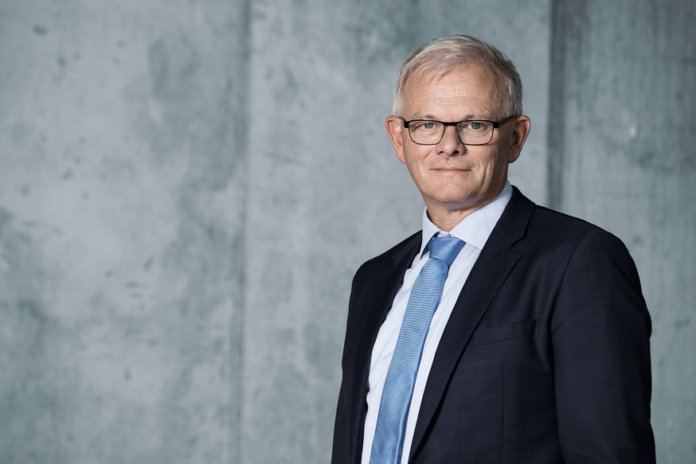Vestas has introduced the EnVentus wind turbine platform, available in two new variants: the V150-5.6 MW and V162-5.6 MW.
Together, these variants cover low, medium and high wind conditions. Initially, they are targeted at the onshore market, but they may have offshore applicability in the future, says Vestas.
As Vestas’ first platform introduction since 2011, EnVentus combines technology and system designs from the company’s 2 MW, 4 MW and 9 MW platforms with advanced modularity. Vestas says the modular platform is expected to create increased scale advantages and opportunities to optimize current and future value chain needs, such as design cycles and transportation.
“Vestas has pioneered wind energy since 1979, and by introducing EnVentus and its first two variants, we connect heritage with innovation to underline our technology leadership,” comments Anders Vedel, Vestas’ chief technology officer. “With the introduction of a platform built on advanced modularity, we increase our ability to provide customized solutions while ensuring value chain optimization.”
The turbines feature a full-scale converter, capable of meeting complex and differing grid requirements in local markets, notes Vestas. The converter is matched by a permanent magnet generator for maximum system efficiency and is balanced by a medium-speed drivetrain.
With a swept area of over 20,000 square meters, the V162-5.6 MW, when paired with a high capacity factor, offers 26% higher annual energy production (AEP) than the V150-4.2 MW, depending on site-specific conditions. It is primarily relevant in low to medium wind conditions but also has extensive applicability in high average wind speeds. The first V162-5.6 MW prototype is expected to be installed in mid-2020, with serial production later that year.
The V150-5.6 MW takes Vestas’ existing 150-meter rotor and applies it to higher wind speeds. When combined with its higher generator rating, the turbine increases the AEP potential by 30% compared to the V136-4.2 MW, depending on site-specific conditions. It is primarily relevant in medium to high wind conditions. The first V150-5.6 MW prototype is expected to be installed in the second half of 2019, while serial production is scheduled for mid-2020.
Vestas notes that the name EnVentus combines “energy”, “environment,” “invent” and the Latin word for wind, “ventus.”




